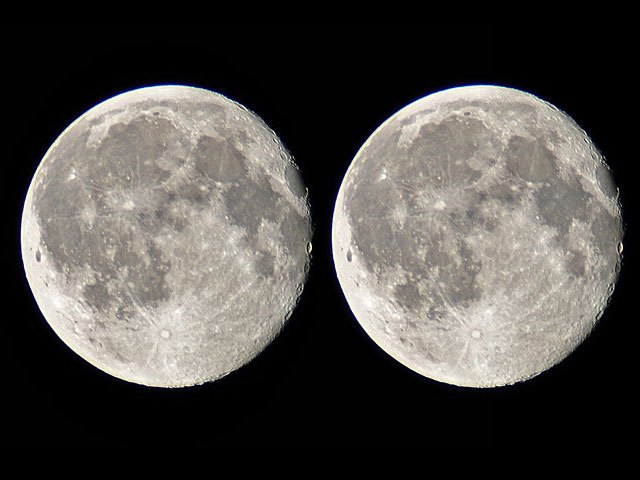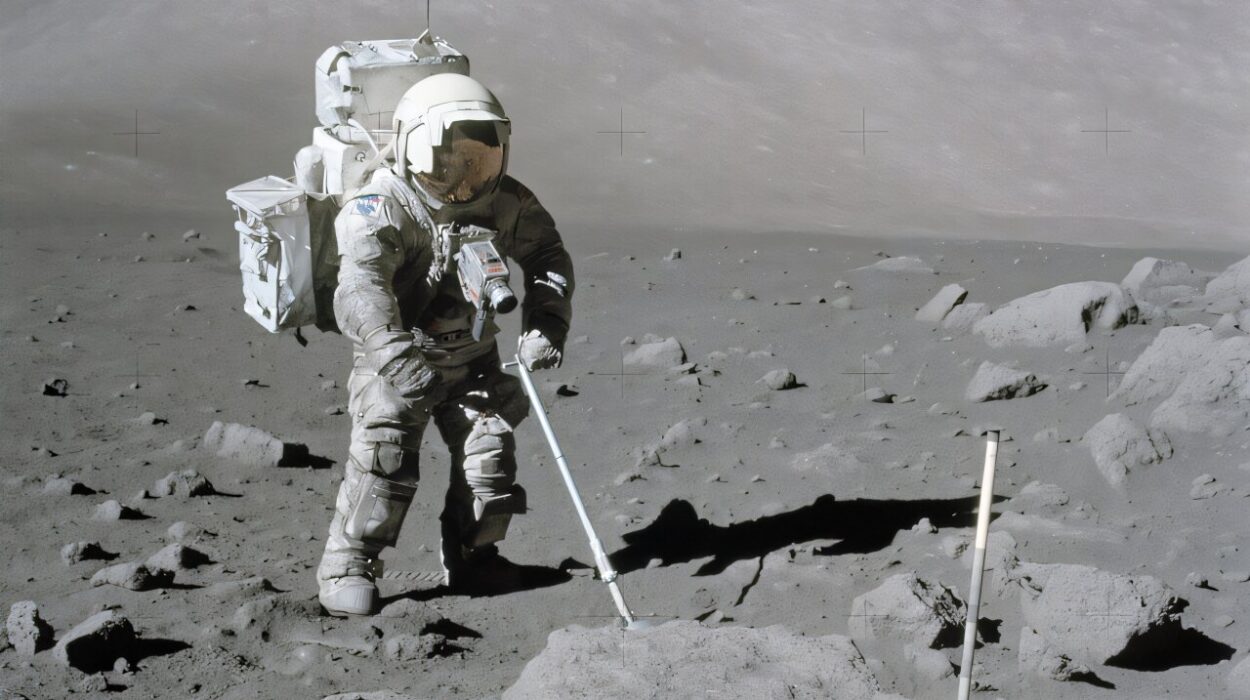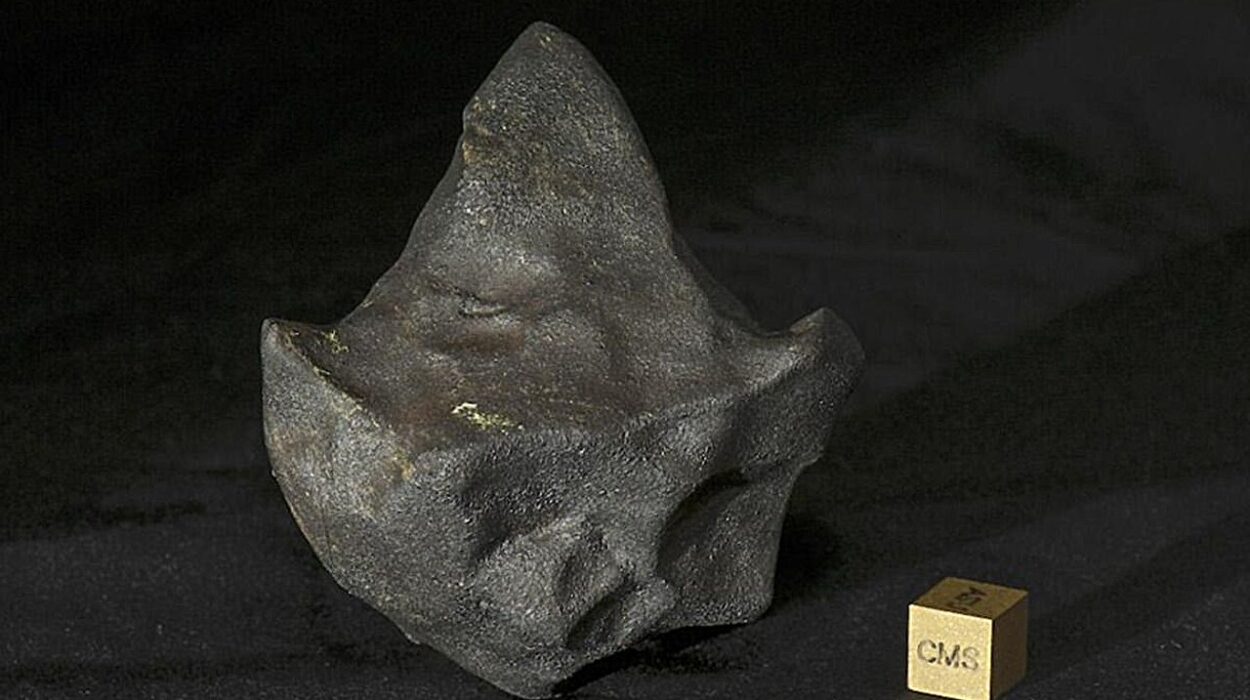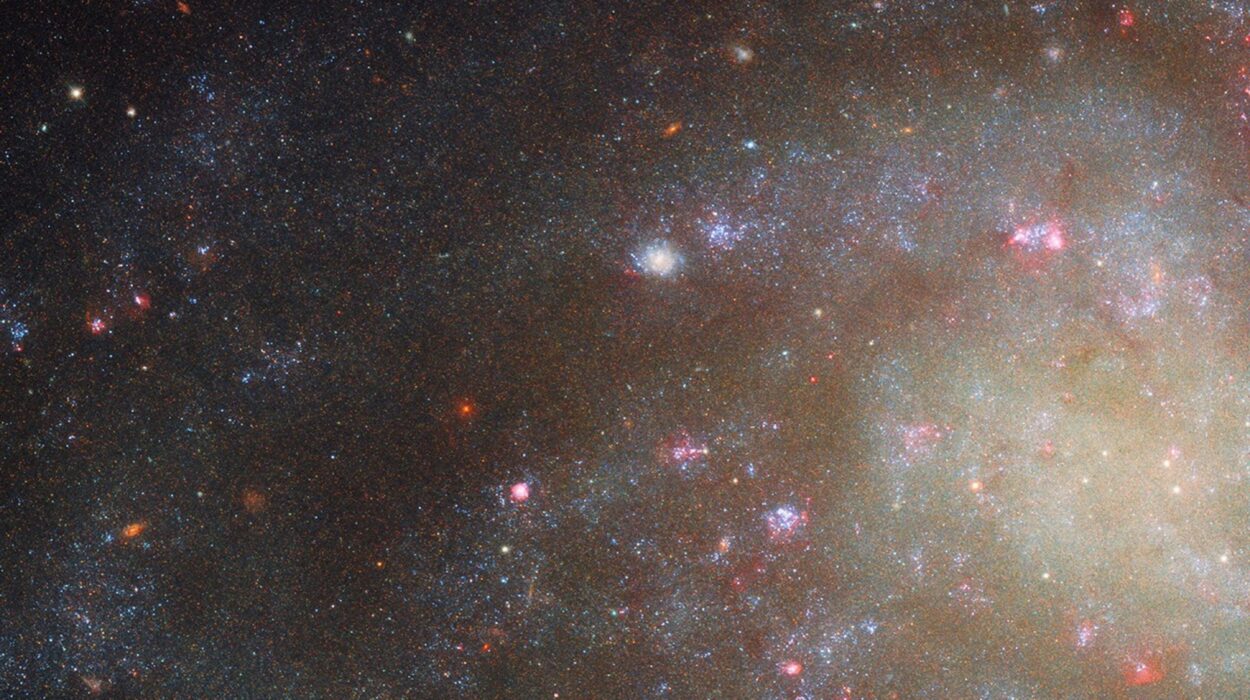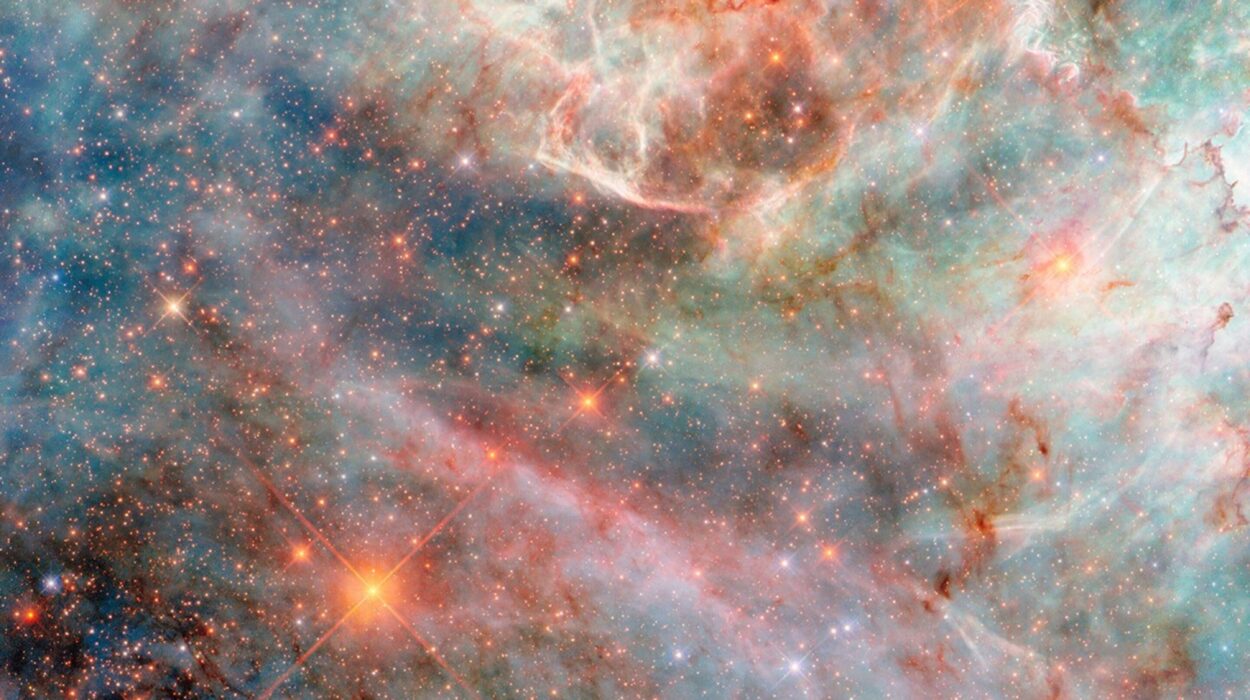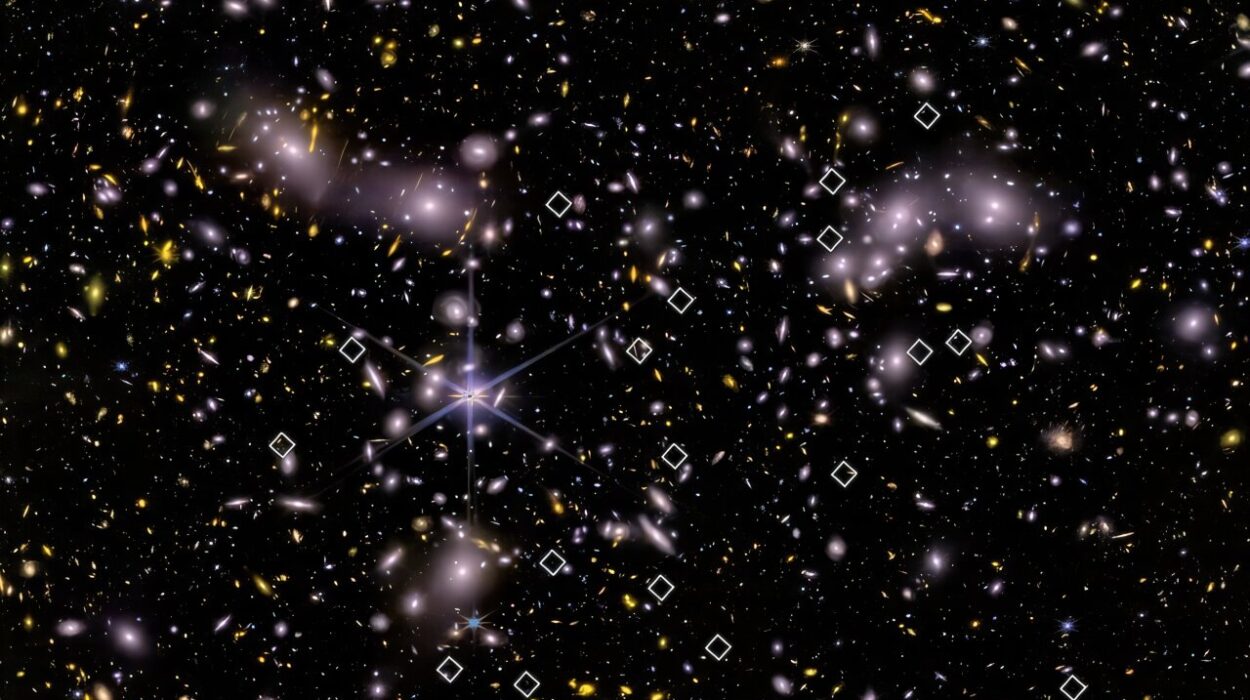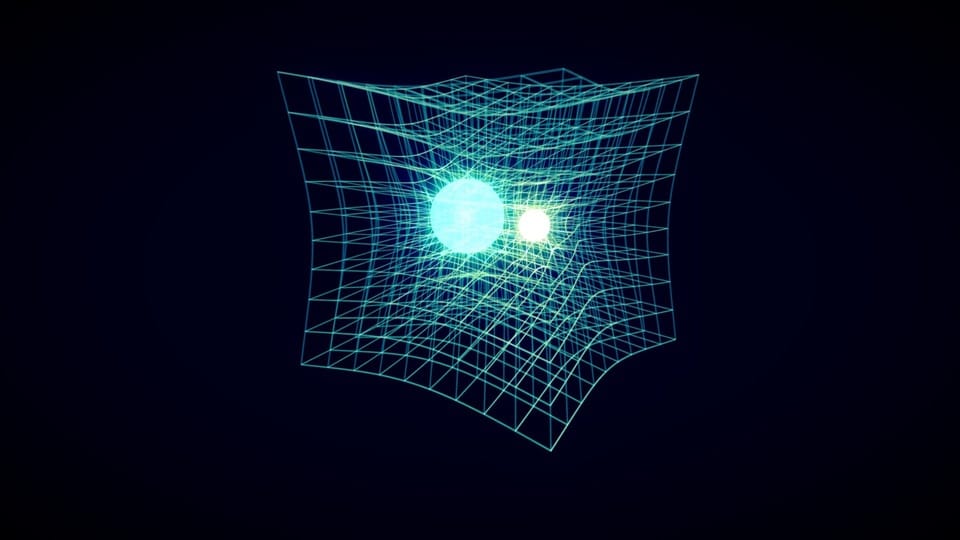The moon has captivated human imagination for thousands of years. It influences tides, stabilizes Earth’s rotation, and lights up the night. It has been the muse of poets, the subject of scientific inquiry, and the destination of our earliest ventures into space. But what if, instead of one moon, Earth had two?
This is not an entirely wild idea. Other planets have multiple moons—Mars has two, Jupiter has dozens. So what might happen if Earth had a second moon? How would it affect our tides, our nights, our weather, our myths? Would we still be who we are today?
To explore this thought experiment, we must first lay the foundations: what kind of second moon are we imagining, and where would it be? From there, we’ll journey through time, nature, culture, and science to imagine a profoundly different world—one lit by not one, but two lunar companions.
The Birth of a Second Moon
Let’s begin at the beginning. For Earth to have two moons, it would likely require a second celestial object to have formed or been captured during the early history of the solar system.
One possible scenario is that after the giant impact that created our current Moon—when a Mars-sized body named Theia collided with Earth, throwing debris into orbit—a second, smaller moon also formed from the same debris. Some scientists have even proposed this idea seriously. In such a case, the second moon might have been a small, irregular companion—perhaps a quarter the size of our current Moon.
Another possibility is gravitational capture: perhaps a large asteroid or a small dwarf-planet-like object passed close to Earth and was pulled into a stable orbit. This has happened with other planets. Neptune, for instance, is believed to have captured its moon Triton.
Whether from impact debris or celestial capture, if this second moon ended up in a stable orbit that avoided collision or ejection, it would have shared our sky—and perhaps our destiny.
A New Sky – The Night with Two Moons
Imagine standing beneath the night sky as two moons drift across it. Depending on the size and distance of the second moon, its appearance could vary dramatically. If it were smaller and farther away than our current Moon, it might look like a large star—still clearly a sphere, but less bright and less influential. If it were closer, it might appear larger than our current Moon, casting silver shadows beside the familiar ones.
There could be nights where both moons were full, lighting the Earth almost as brightly as twilight. Conversely, some nights might host one full moon while the other wanes, creating an interplay of light and shadow unlike anything we’ve known.
Eclipses would become more complex and frequent. Lunar eclipses might occur when one moon passed into Earth’s shadow, followed closely by the other. Solar eclipses would take on new shapes, possibly featuring double paths of darkness across the Earth’s surface when both moons aligned just right with the Sun.
Astrologers and myth-makers would be enthralled. Two moons could mean dual deities in many cultures: perhaps a masculine moon and a feminine one, or two rivals forever circling Earth in silent competition. The myths, legends, and stories of humanity would reflect this celestial duality in countless fascinating ways.
Tides and Oceans – A Planet in Motion
One of the most profound effects of a second moon would be on Earth’s tides. The Moon exerts a gravitational pull on Earth’s oceans, causing the tides to rise and fall. The Sun also contributes to this, but to a lesser extent.
Now add a second moon, and everything changes.
If the second moon were significantly smaller than our current Moon, its tidal force might be modest—but it would still introduce a new rhythm to the oceans. Earth would likely experience more complex and variable tidal patterns, with overlapping cycles. In coastal regions, there might be more frequent and unpredictable high and low tides. Some days could see two high tides from one moon and a third from the other. The interaction of these cycles could create occasional tidal surges or exceptionally low ebbs.
Marine ecosystems would evolve differently in response to this new gravitational rhythm. Tidal pools, estuaries, and intertidal zones would experience more fluctuation, shaping unique species adapted to a more dynamic environment.
Human coastal civilizations would need to account for these new rhythms. Port cities might be built differently, with harbor systems designed for more frequent fluctuations. Fishing cultures would follow more complex lunar calendars. Navigation and early astronomy would reflect this added layer of celestial timing.
Earth’s Wobble – Stability or Chaos?
Our current Moon plays a crucial role in stabilizing Earth’s axial tilt. Without it, our planet would wobble far more dramatically, leading to wild shifts in climate over relatively short periods.
With a second moon, the dynamics become complex. If both moons were roughly aligned and orbiting in a harmonious pattern, they might together help stabilize Earth even more effectively. But if their orbits were irregular or inclined at different angles, their gravitational tug-of-war might introduce instability.
Some scientists speculate that the added gravitational influence of a second moon could amplify Earth’s precessional cycles—the slow, conical wobble of Earth’s axis that affects climate patterns over tens of thousands of years. A larger wobble could lead to more extreme ice ages and interglacial periods, influencing the evolution of species and the development of civilizations.
Seasonal patterns could shift subtly. Climate zones might drift more frequently. Agricultural societies, particularly those in temperate regions, would need to adapt to these changes—perhaps developing more flexible farming techniques or relying more heavily on indoor growing environments.
A New Calendar – Time Reckoned by Two Moons
Calendars have always followed celestial cycles. The Moon’s phases were among the first tools humans used to measure time. A second moon would make that process both richer and more complicated.
If the two moons had different orbital periods—say, one completing a full cycle in 27 days and the other in 35 days—then ancient civilizations would likely have developed dual-lunar calendars. Religious and cultural festivals might align with specific configurations: the first full moon of one and the new moon of the other; or perhaps when the two moons crossed paths in the sky.
The interaction of two lunar cycles would produce a super-cycle—much like the saros cycle used to predict eclipses today. This could form the basis of long-term calendars and even mythological eras. Timekeeping would become a more intricate art, blending the dance of two moons with solar years.
The very concept of a “month” might be different. Perhaps months would alternate in length more dramatically, or we would have two types of months—one for each moon. Such a world might use a 13-month year, or even switch to a calendar of weeks defined by moon interactions rather than a fixed count of days.
The Impact on Evolution and Life
The presence of a second moon would subtly—but profoundly—change the course of life on Earth. From tides to climate to light levels, the conditions for evolution would shift.
Nocturnal animals would evolve under different lighting regimes. With two moons, nights might be brighter more often. Predators and prey that rely on darkness for cover or hunting might adapt with new camouflage, sensory adaptations, or behavioral strategies.
Migratory patterns could change as well. Many animals, especially sea turtles, birds, and fish, navigate using the moon. Two moons might create more complex guidance cues, leading to bifurcated migratory routes or entirely new behaviors. Coral reef spawning events, often triggered by the full moon, would evolve in response to new lunar rhythms.
Even human biology might be affected. There is some evidence that lunar cycles influence sleep, menstruation, and mood. Two competing or harmonizing cycles could introduce new patterns in human physiology and psychology, creating subtle differences in our natural rhythms.
Space Travel and Exploration
A second moon would offer new frontiers for exploration. Humanity’s journey to the Moon marked one of our greatest achievements. With two moons, our aspirations would have doubled.
The smaller, closer moon might be chosen as the first destination—a stepping stone for larger missions. It might have lower gravity, making landings and takeoffs easier. The larger moon could serve as a hub for more permanent bases, scientific research, or even industry.
Both moons might be mined for resources, particularly if they had different compositions. One could be rich in water ice, the other in rare metals or helium-3. Space infrastructure—orbital stations, tethers, and satellites—would likely develop between the moons and Earth, creating a celestial triangle of activity.
Navigation would also become more complex. Space agencies would have to calculate the gravitational influences of both moons on satellites, spacecraft, and orbital paths. But these same influences could be used strategically, slingshotting missions around moons to gain speed or save fuel.
Two moons could also serve as mirrors of our own ambitions: each a canvas for exploration, colonization, and the bold dreams of an interplanetary species.
Cultural and Psychological Reflections
Human beings are shaped not just by their environment, but by how they interpret it. A second moon would transform the way we think, dream, and create.
From prehistoric cave paintings to modern science fiction, the Moon has always held a special place in our stories. With two moons, our myths would double in richness. Ancient peoples might see the moons as siblings, lovers, or rivals—locked in eternal orbit. Perhaps one moon would be associated with birth, the other with death. One with war, the other with peace.
Poets and painters would find new inspiration in the double moons. Songs would be sung of twin lights, paintings of moons in eclipse, tales of cosmic balance or duality. The idea of “lunacy” might become more layered, reflecting not just madness from the full moon, but confusion from a sky with multiple lunar influences.
Even religion and spirituality might adapt. The dual moons could be seen as a sign of divine balance or cosmic opposition—light and shadow, order and chaos, two eyes watching over the Earth.
Possible Problems – Moons in Conflict
While the idea of two moons seems romantic, it also introduces real physical risks. If the moons’ orbits intersected or resonated destructively, they could eventually collide. Such an impact would be catastrophic, flinging debris into space and potentially raining destruction on Earth.
Even without a direct collision, gravitational interactions between the moons could destabilize their orbits over millions of years. Tidal forces might grow stronger or more erratic, leading to geological stress, earthquakes, or increased volcanic activity.
There’s also the question of orbital decay. If one moon gradually spiraled inward or outward, its changing gravitational pull could disrupt Earth’s rotation or cause shifts in sea levels and climate patterns.
In the distant future, humanity might need to intervene—perhaps using technology to adjust moon orbits, redirect asteroids to balance gravitational forces, or even deconstruct one moon to preserve planetary stability.
A Glimpse into the Mirror World
What if Earth really had evolved with two moons? Would we be more advanced, or less? Would our myths be richer or more divided? Would the added complexity push us to greater heights—or hold us back?
Some futurists believe the presence of two moons would accelerate scientific discovery. The added celestial mechanics would prompt early mathematical exploration. More complex tides might drive coastal innovation. Increased night light could extend daily activity, boosting early economies.
Others argue it could hinder us. More variable tides might lead to more natural disasters. The added challenge of tracking two moons could delay accurate calendars or astronomy.
But perhaps the most likely outcome is simply difference—a humanity shaped by a different sky, yet still curious, ambitious, and deeply reflective. We might live under twin moons and build twin myths, but still gaze upward in wonder.
